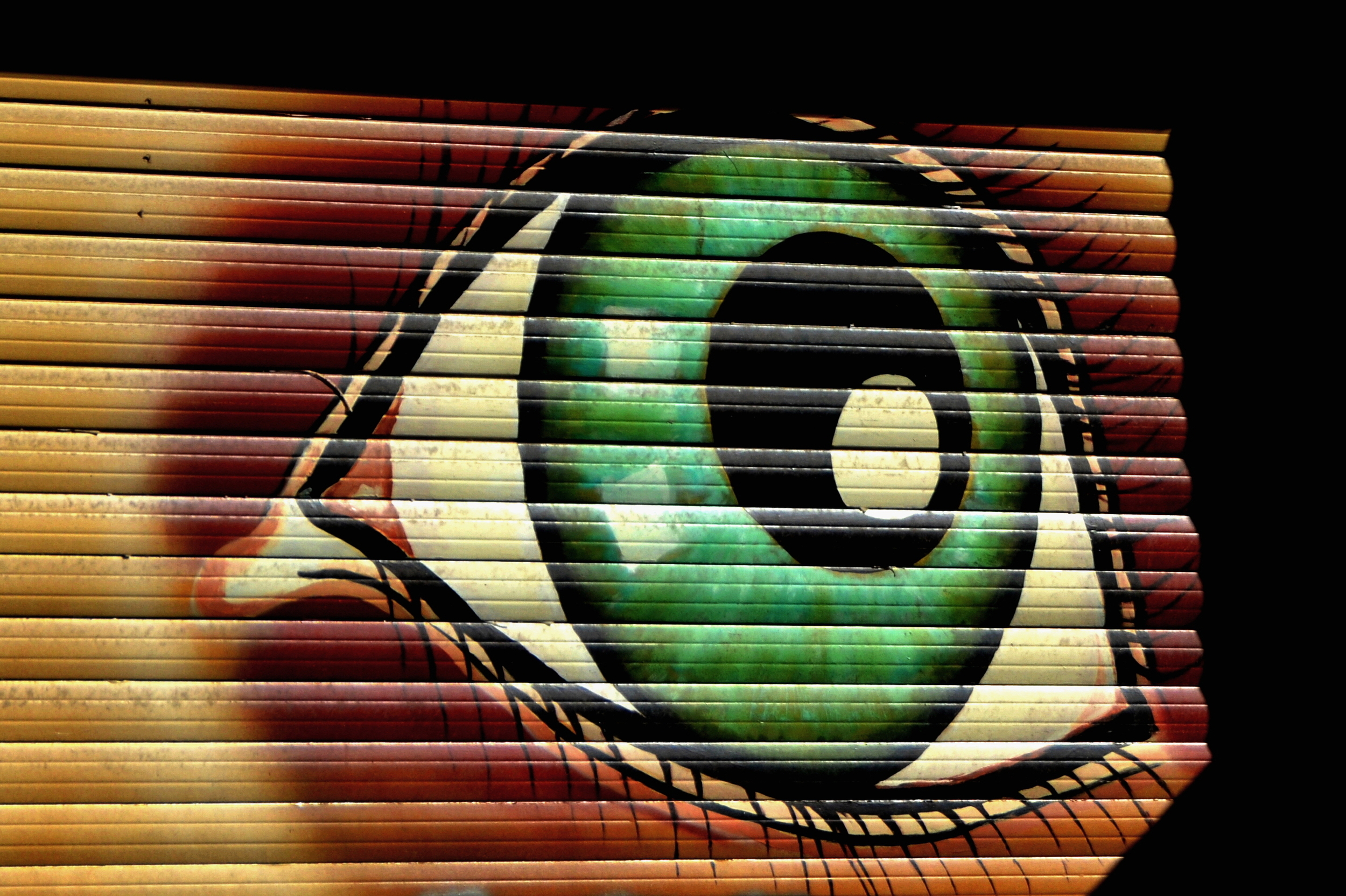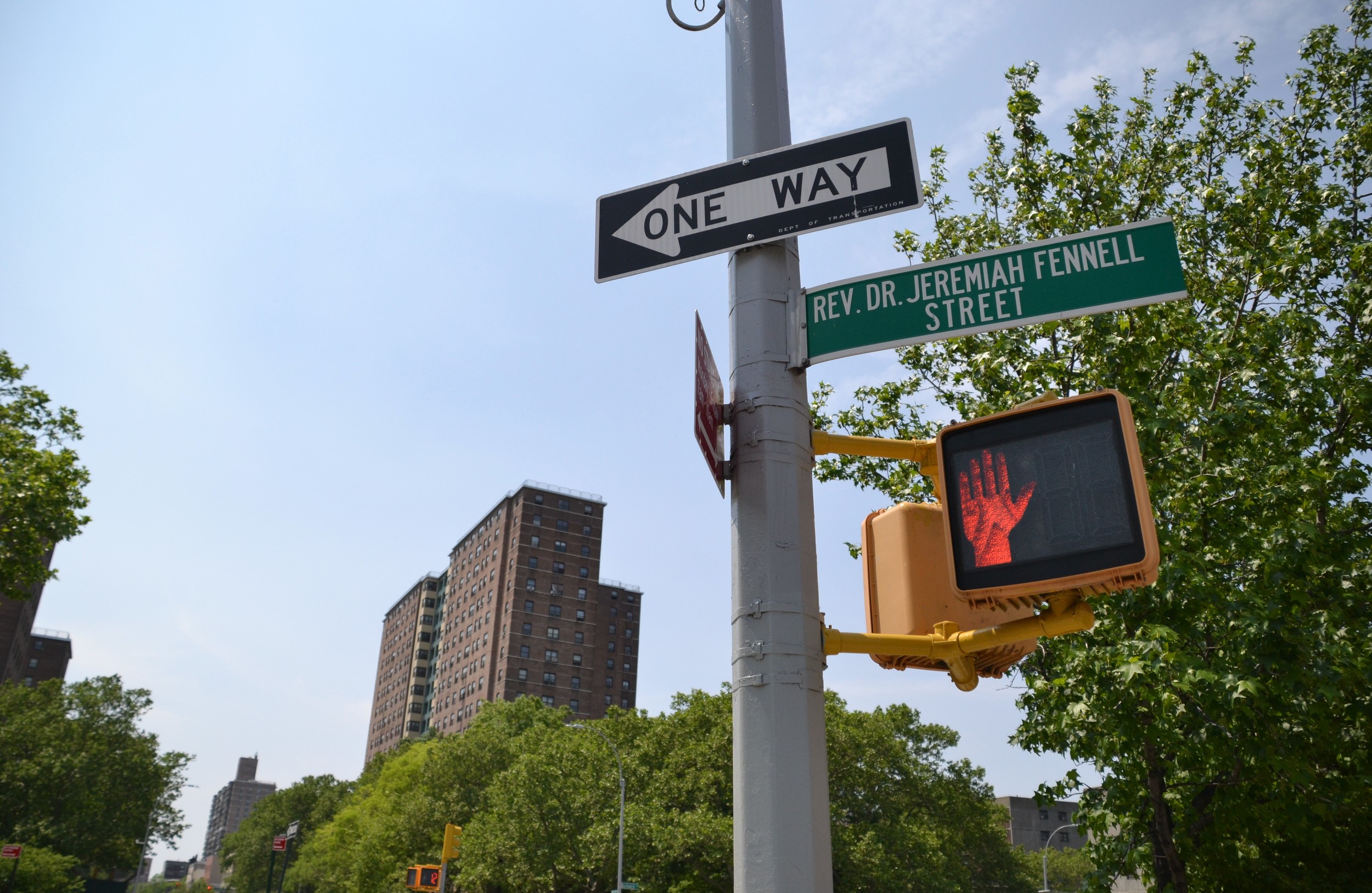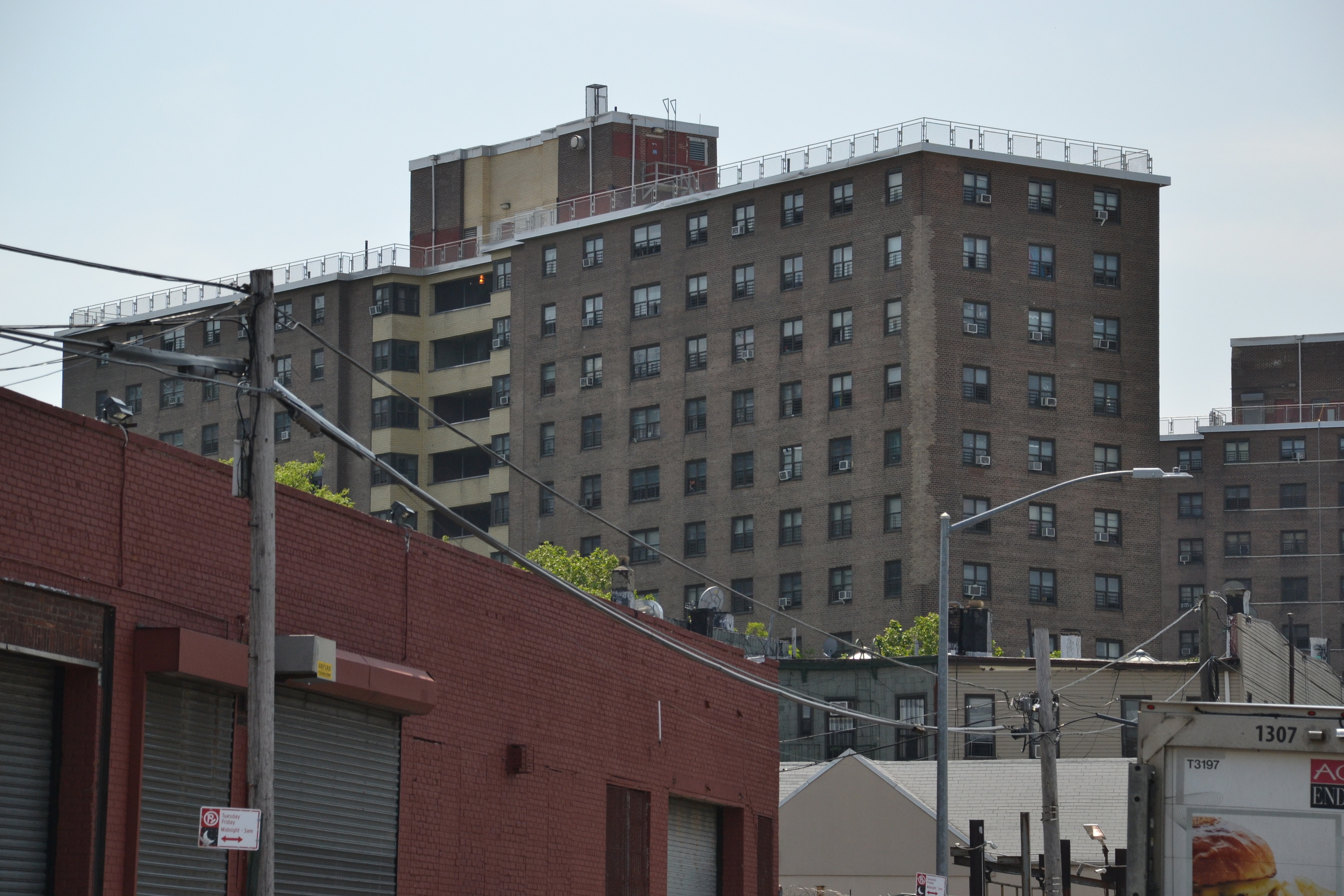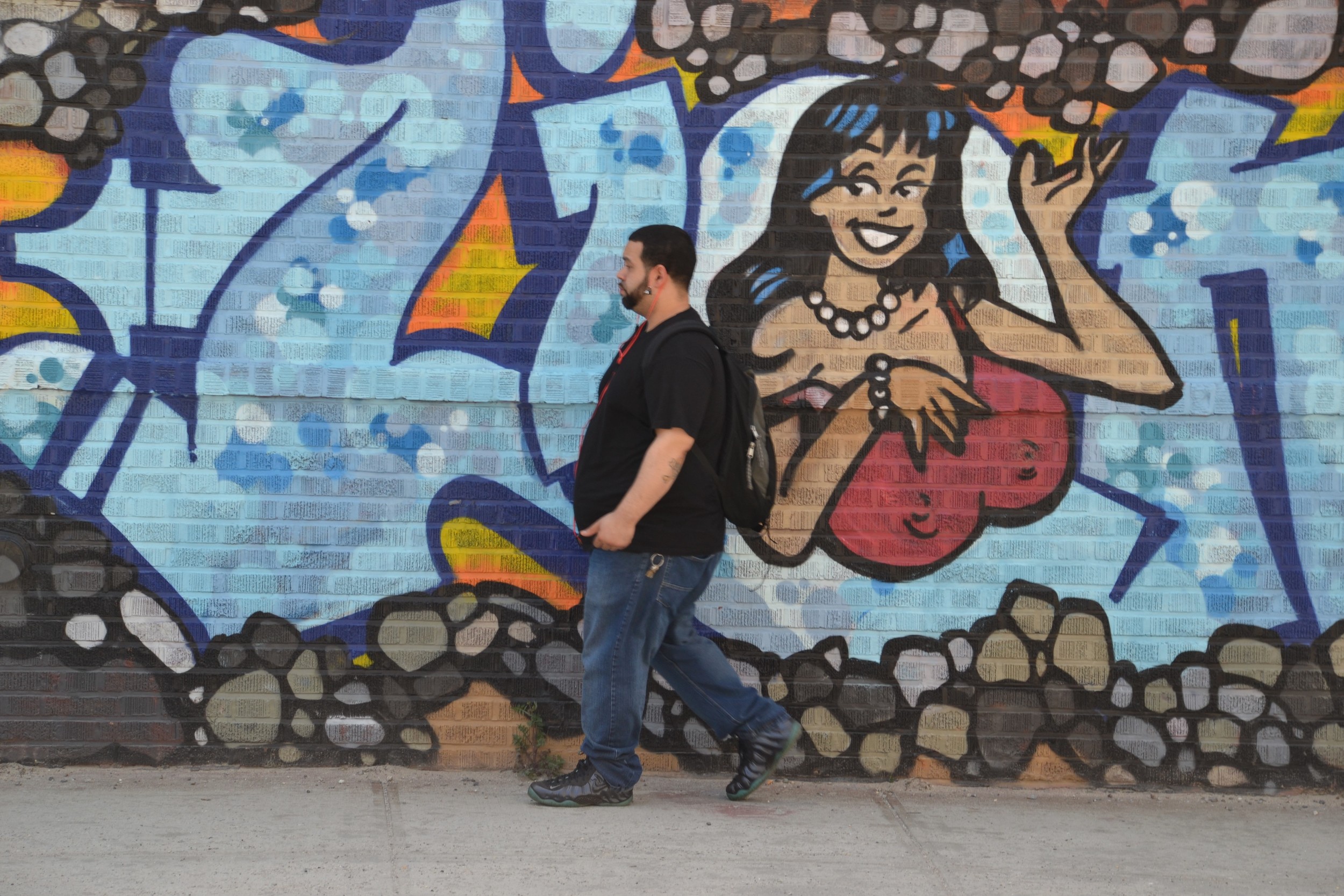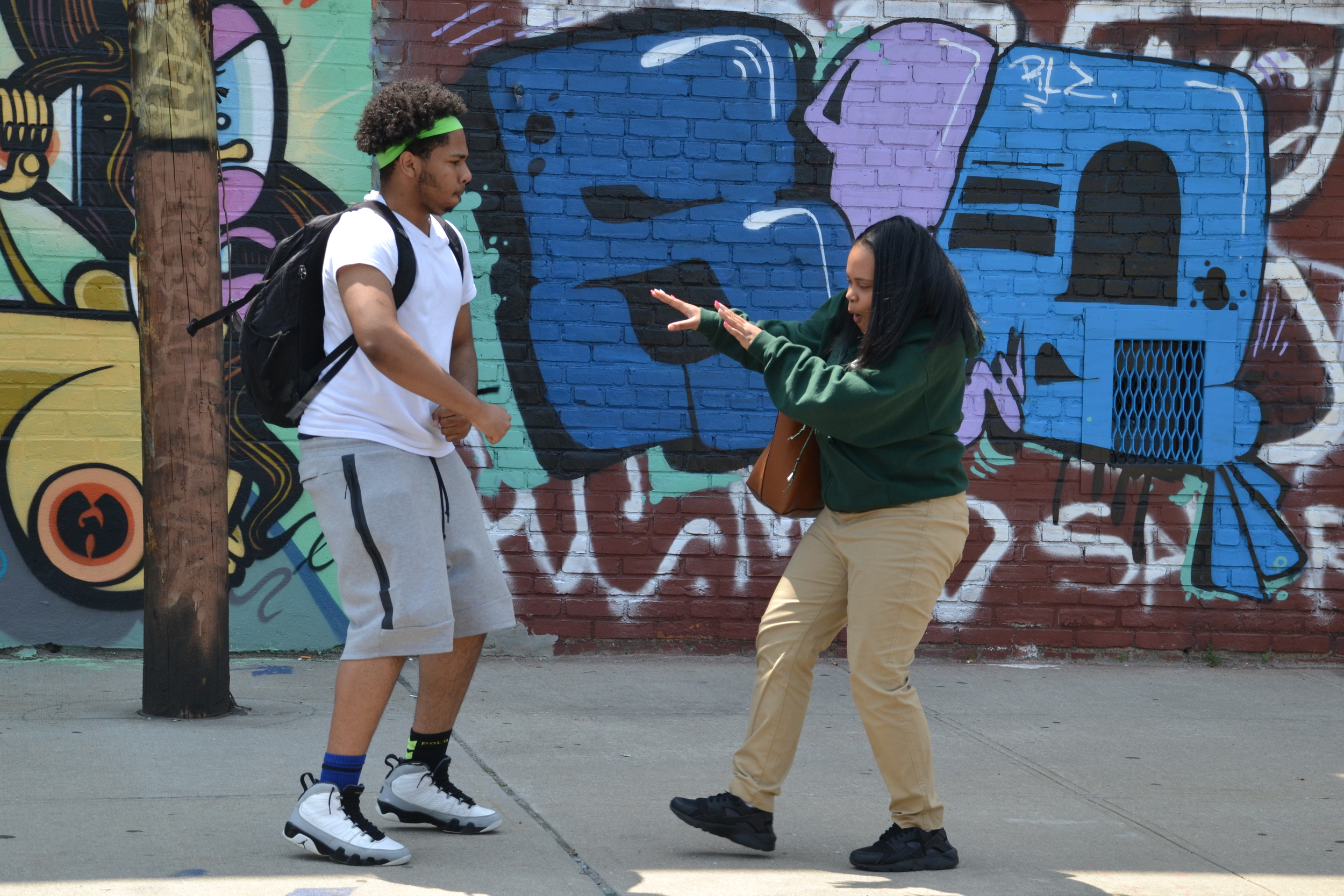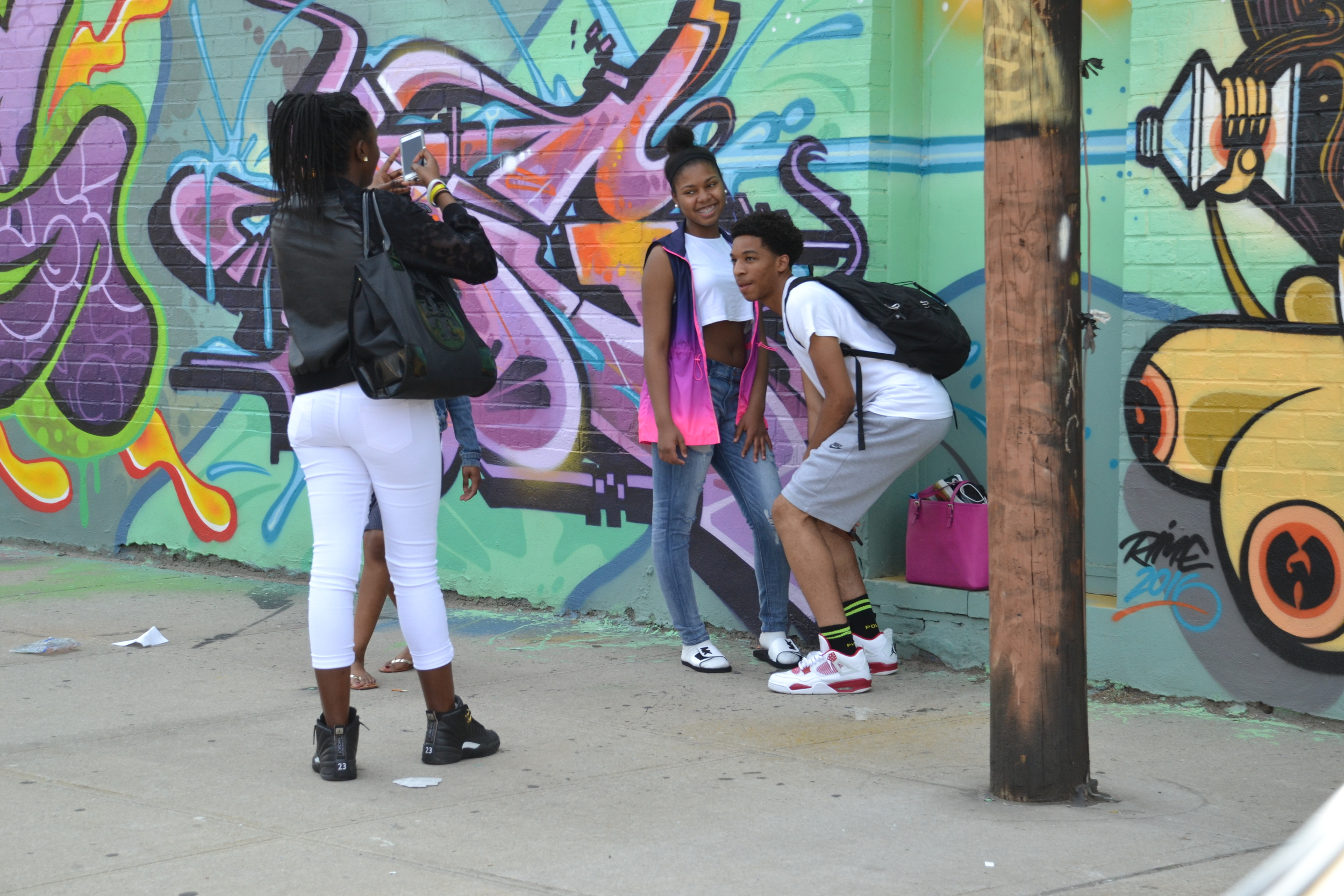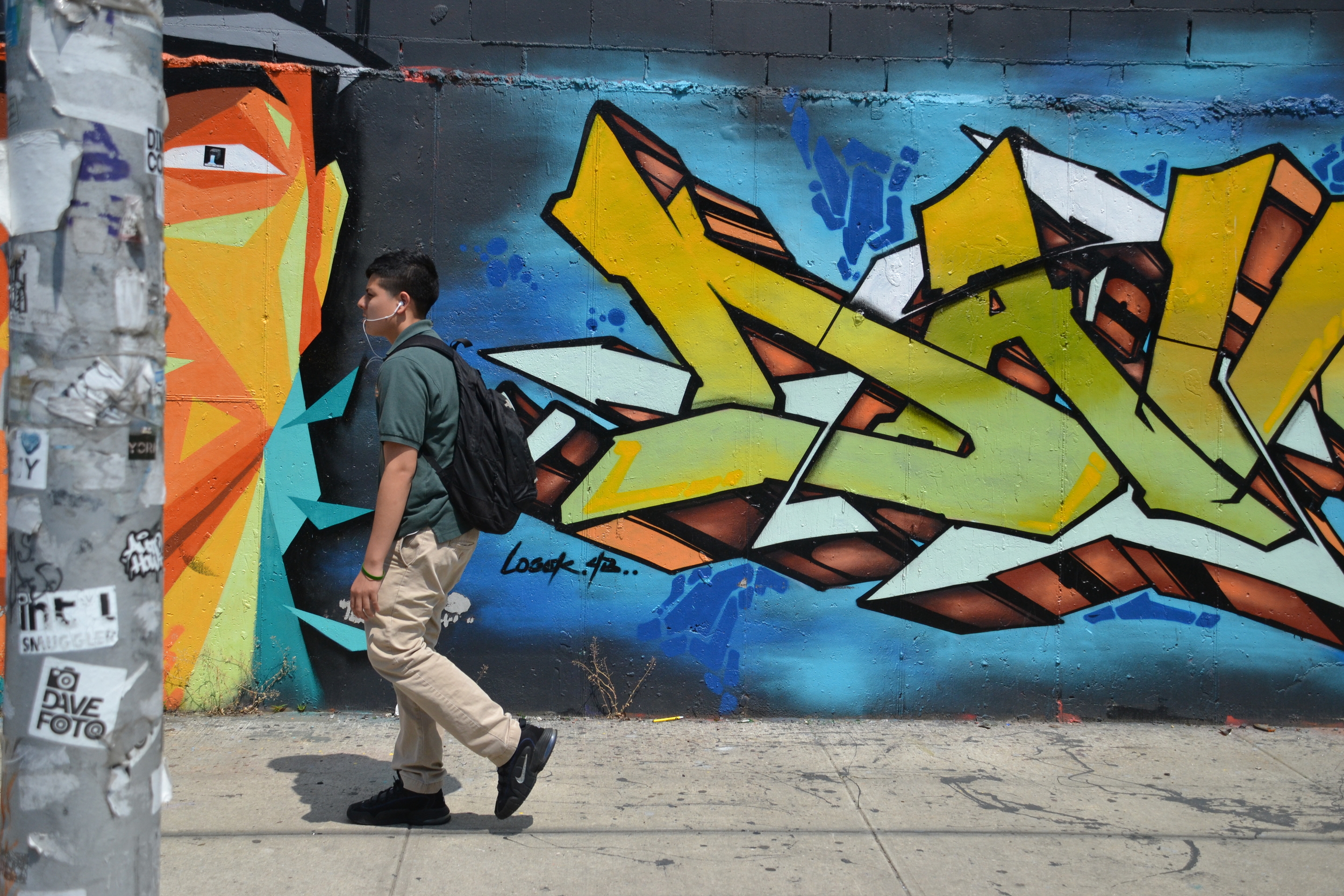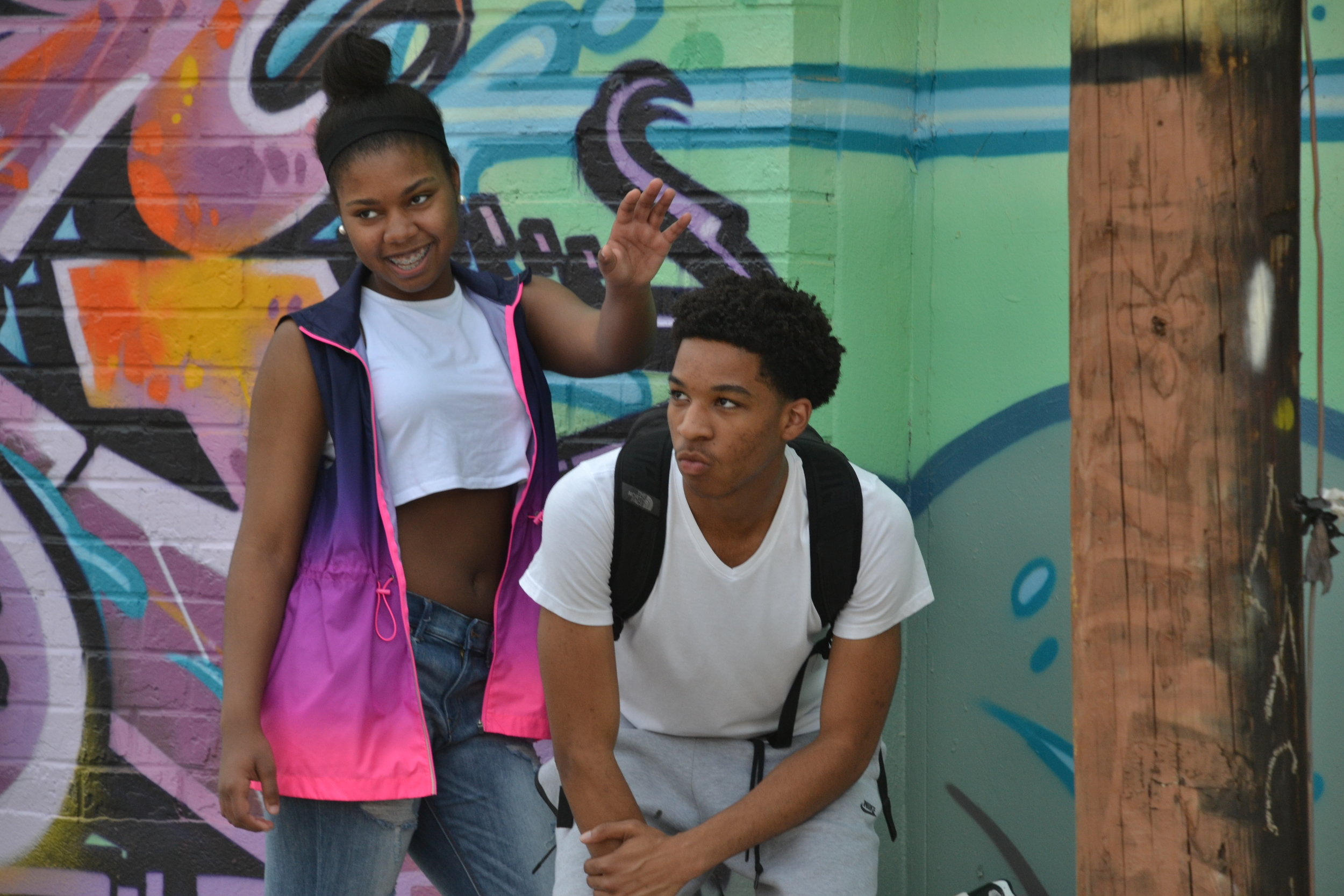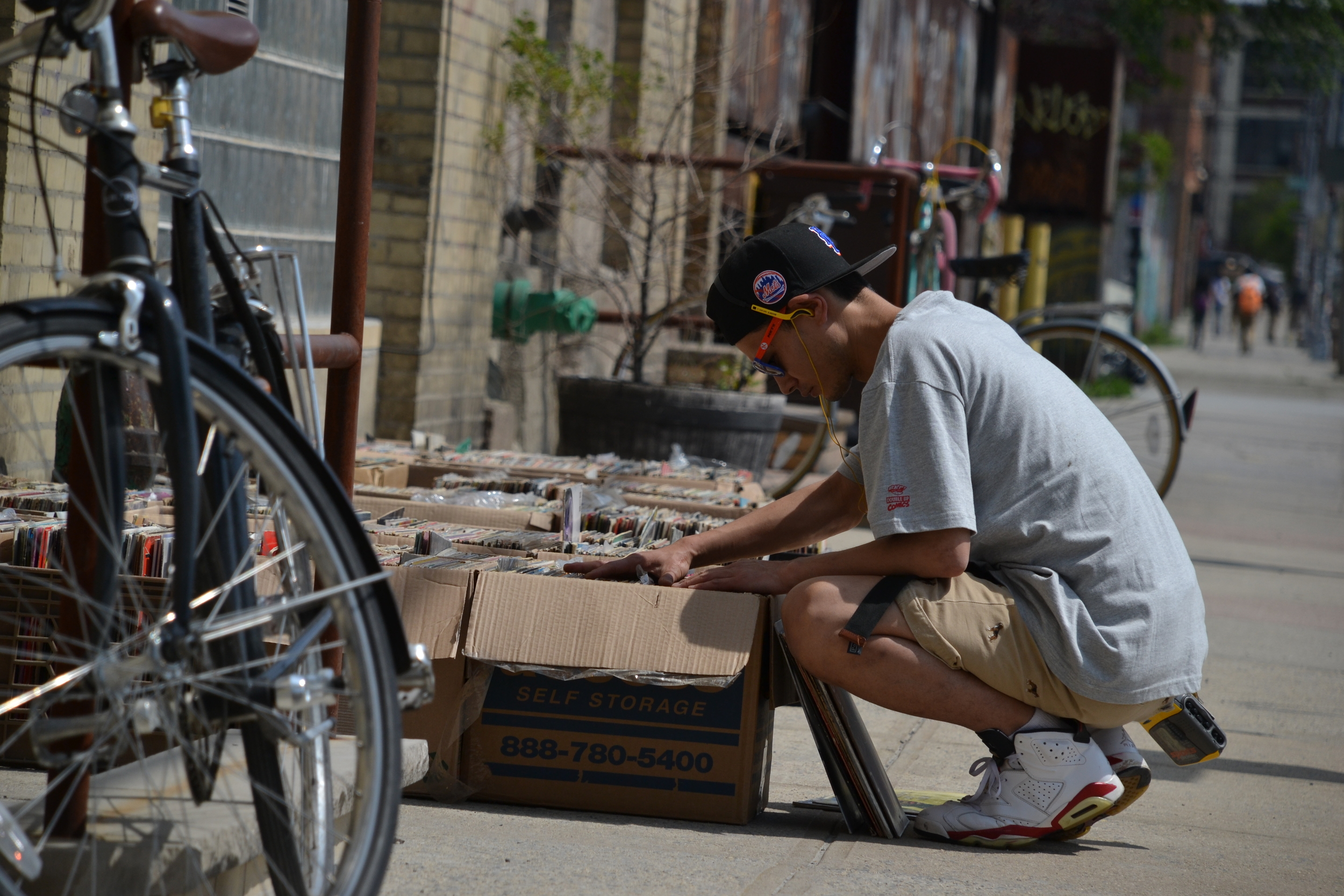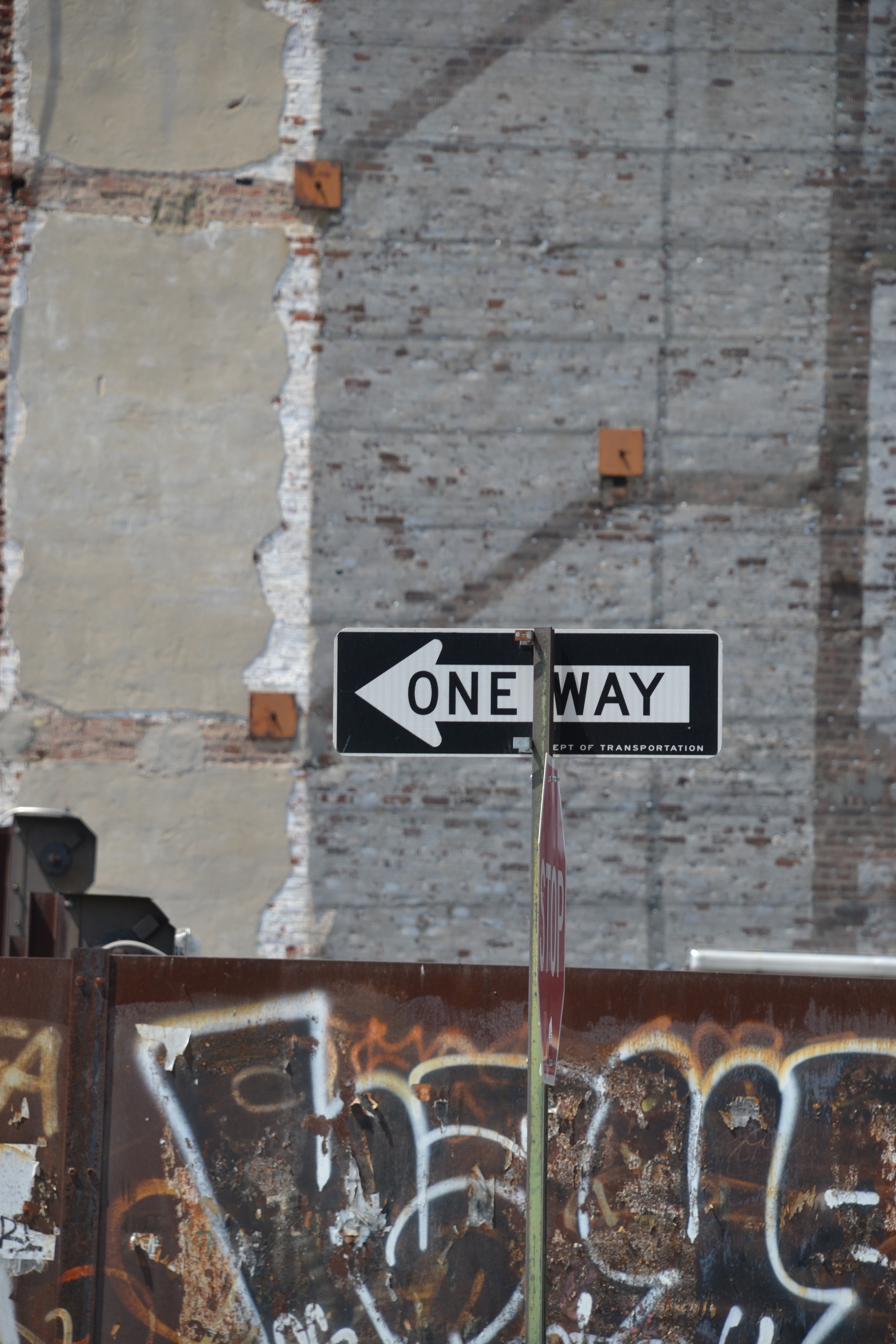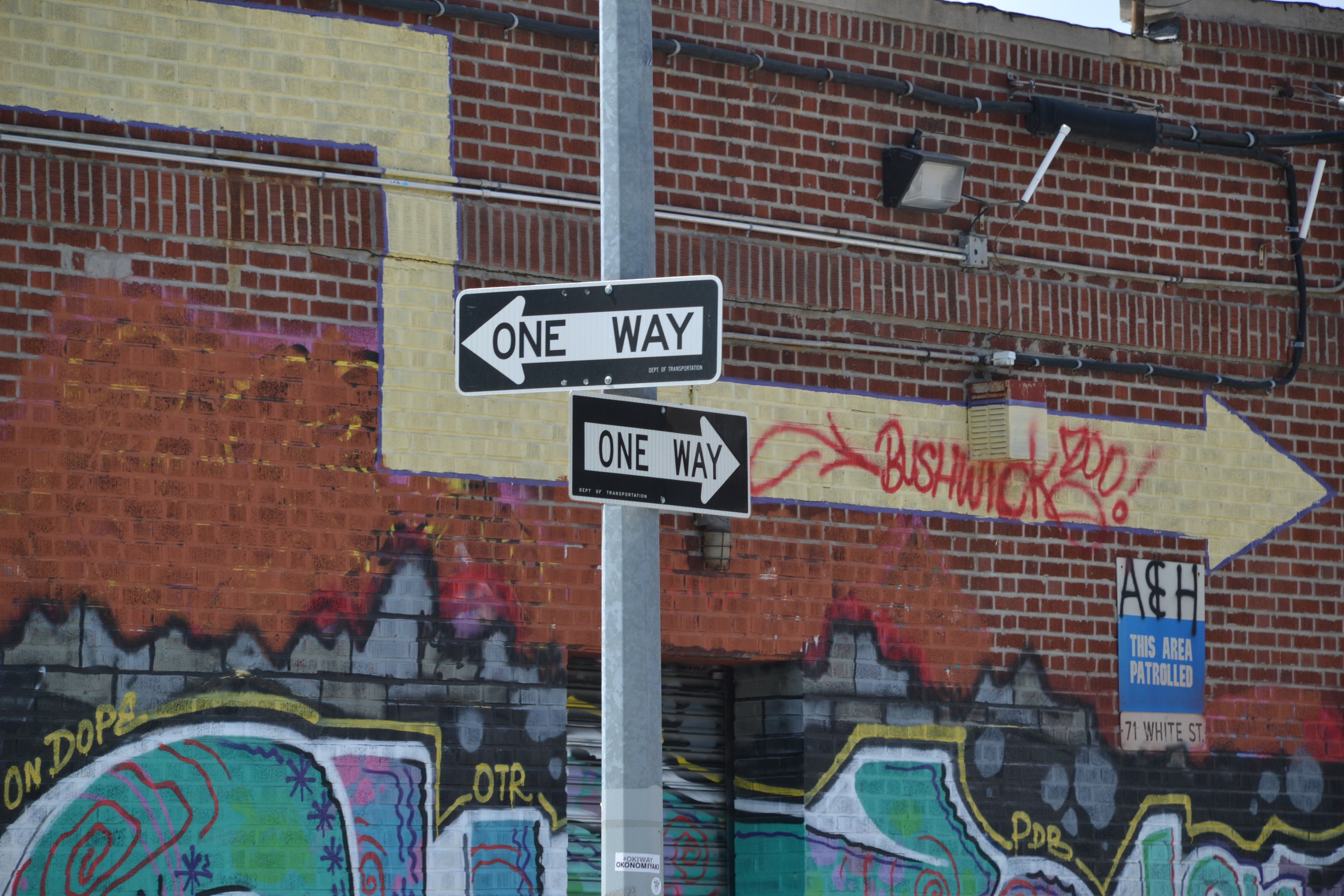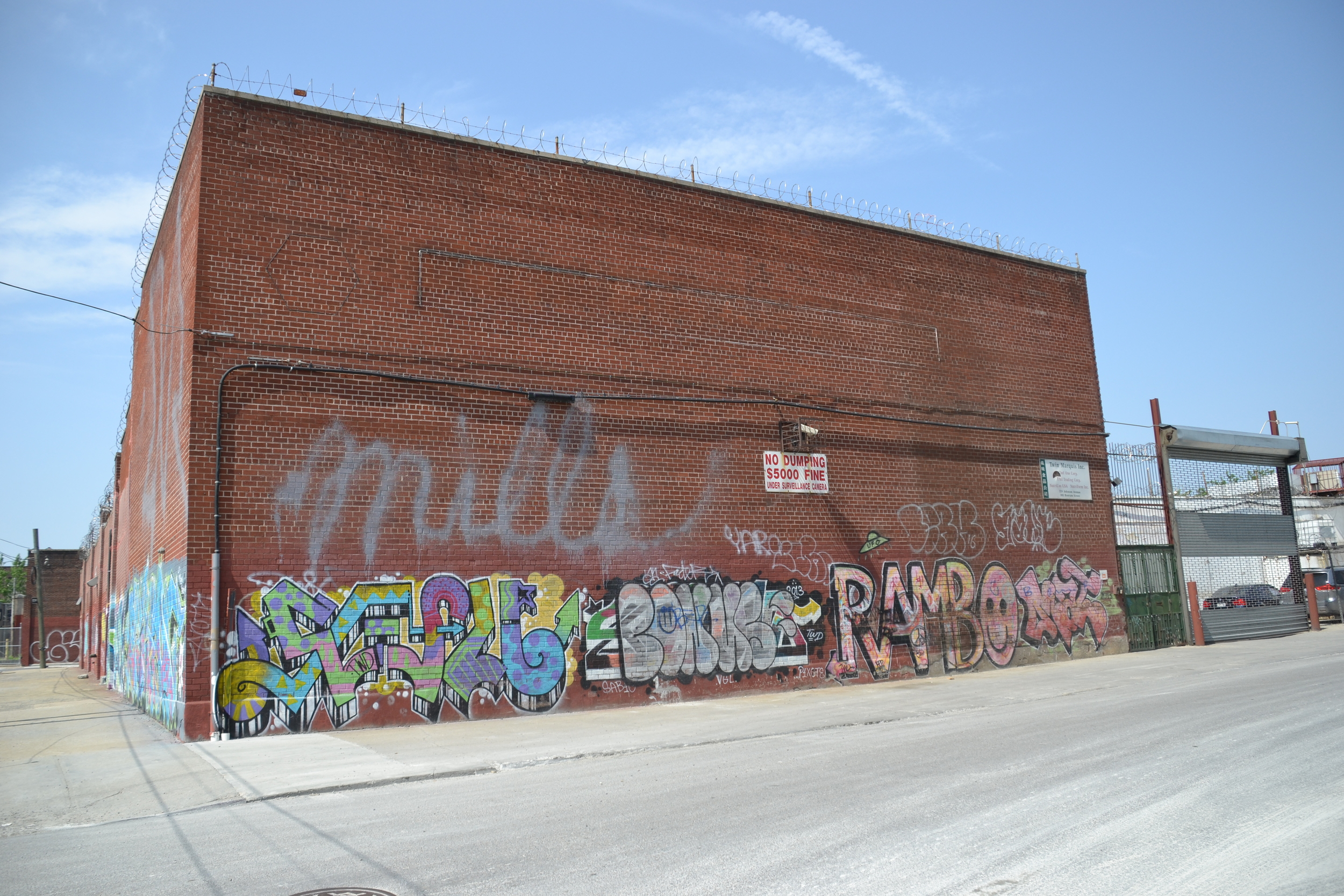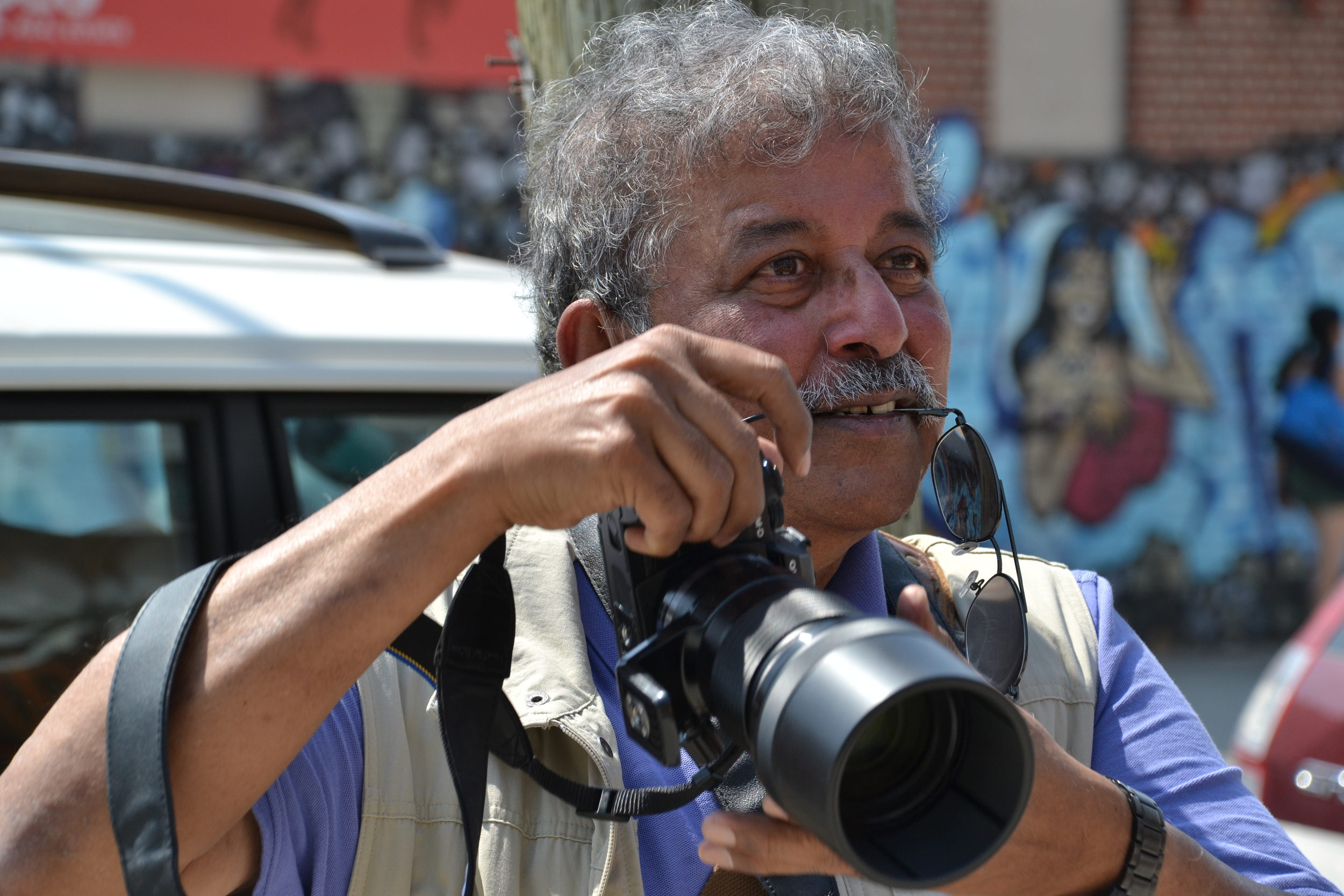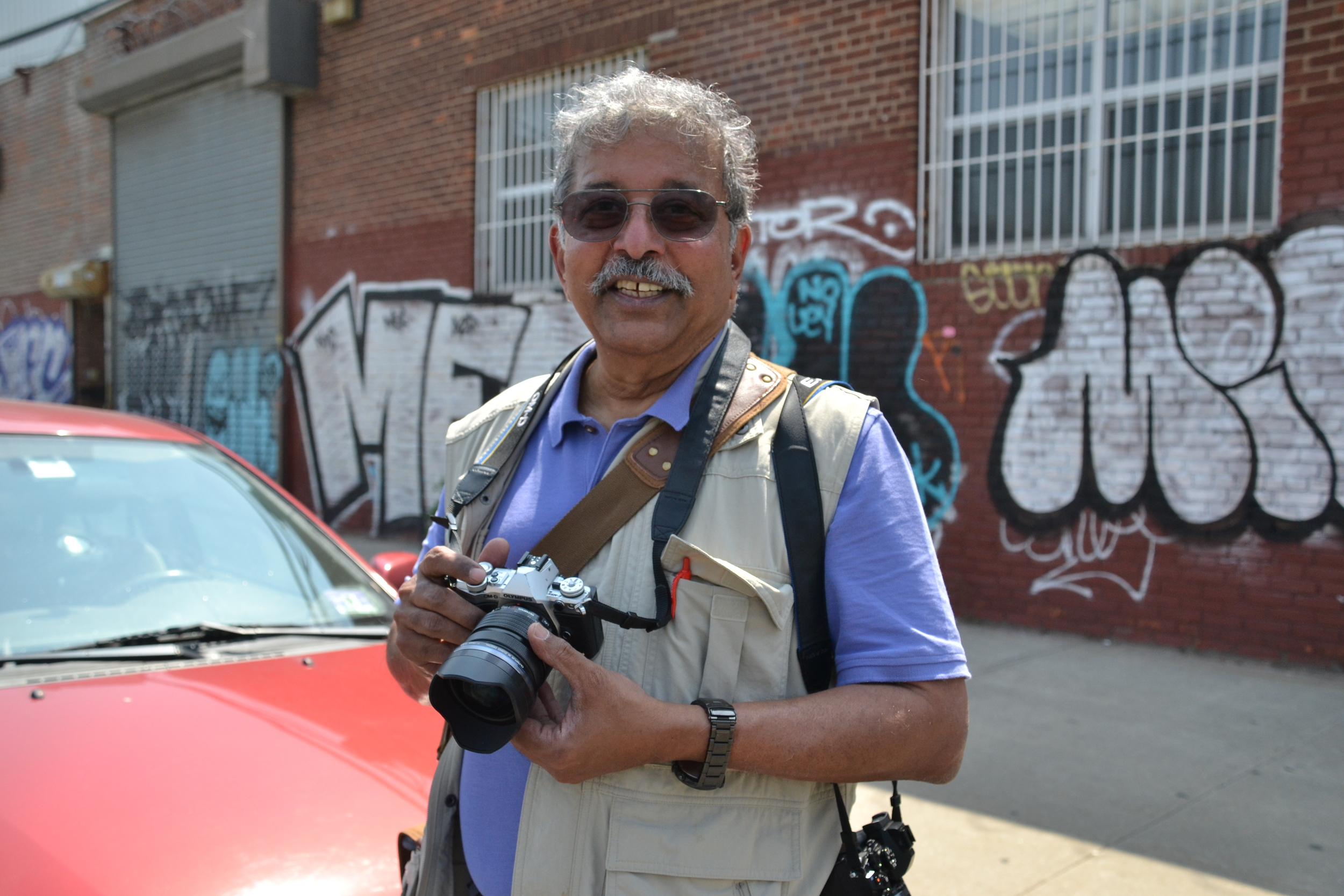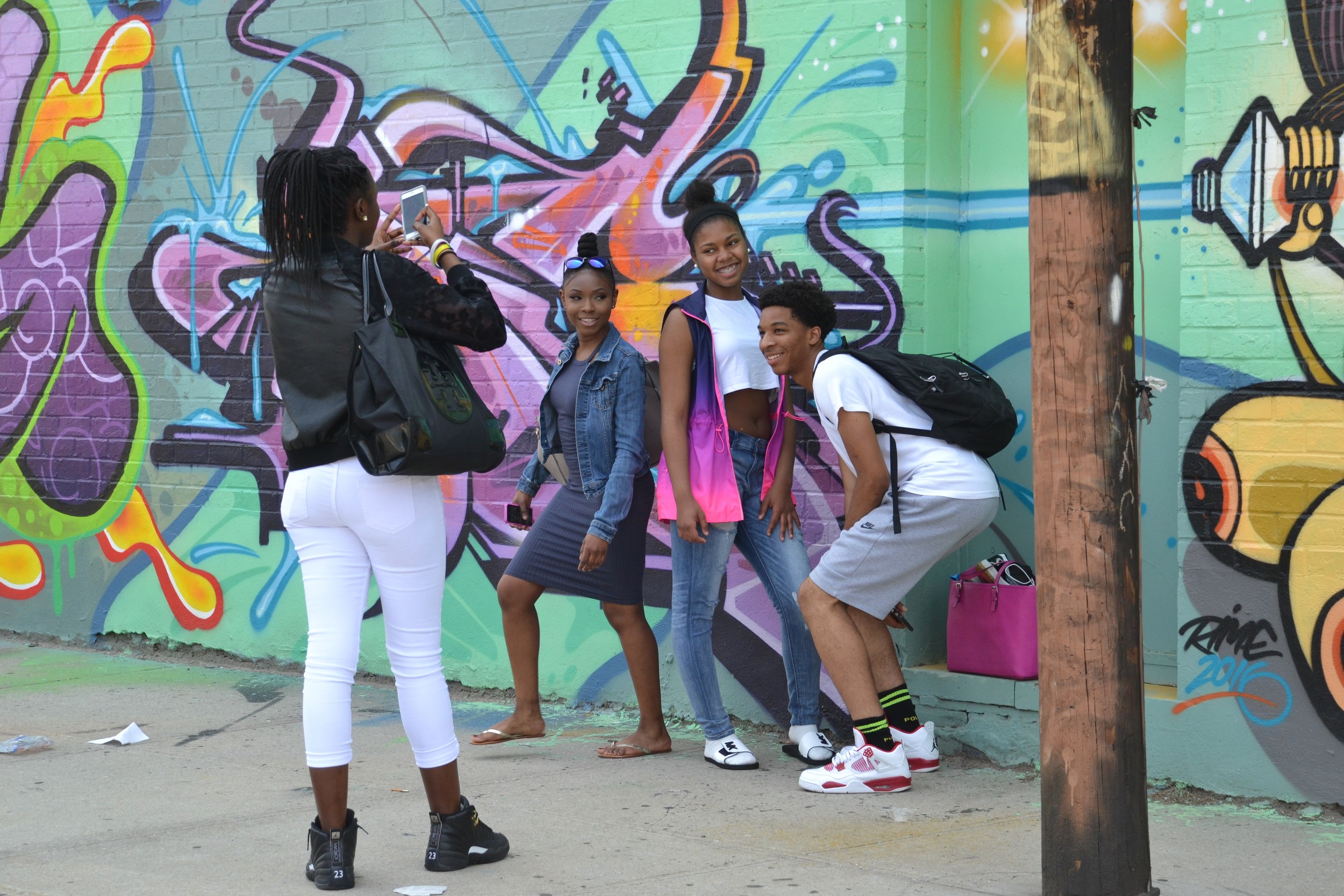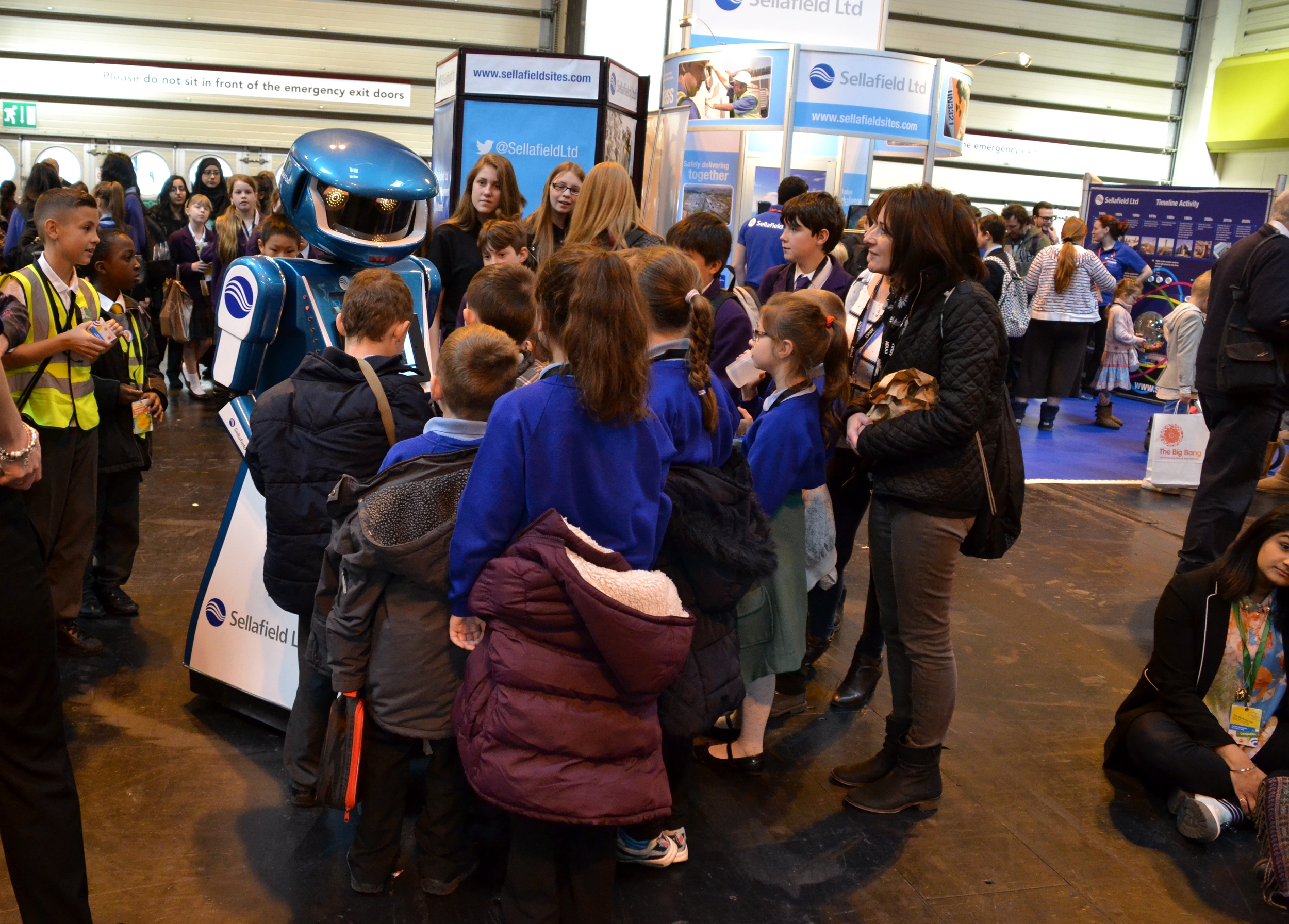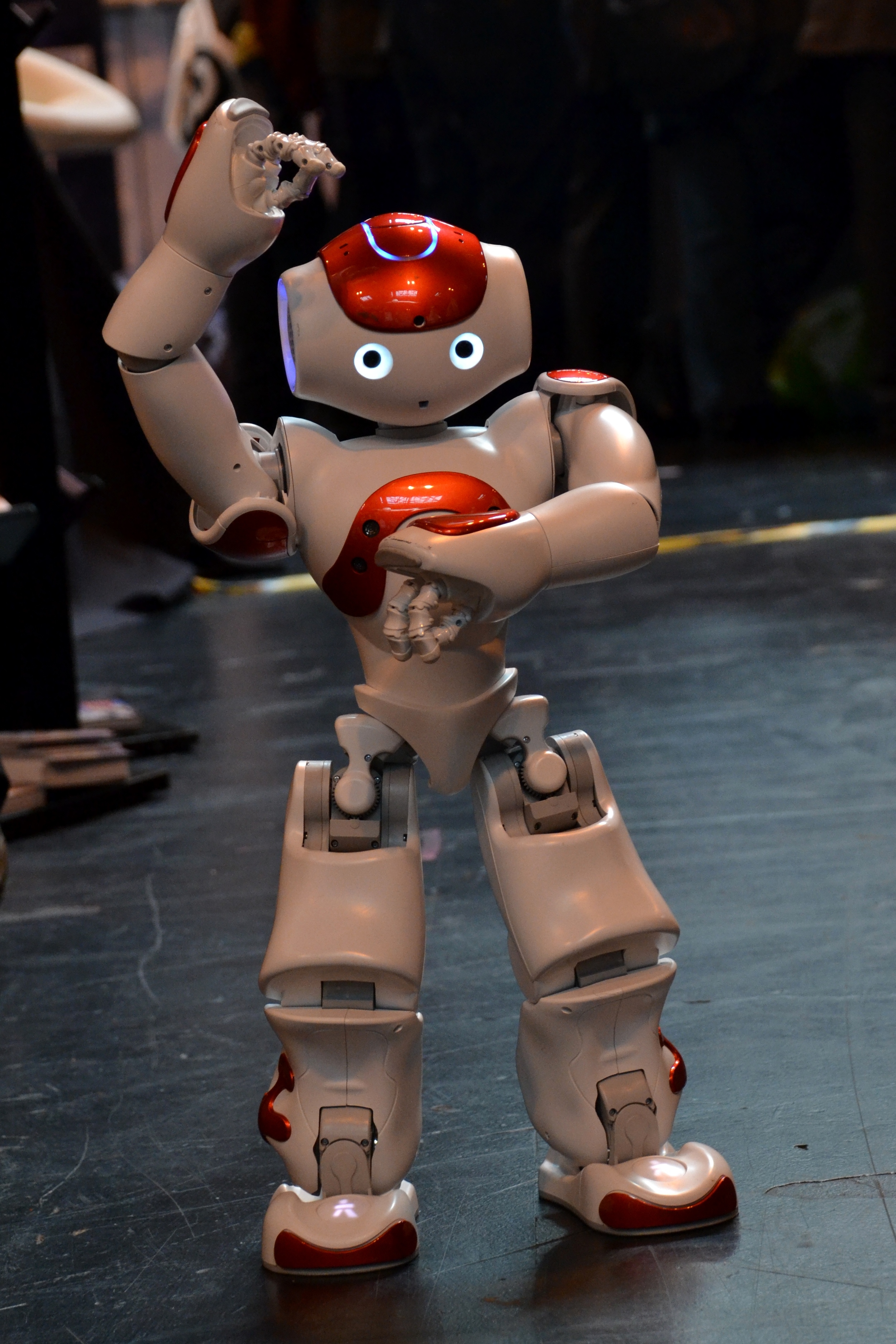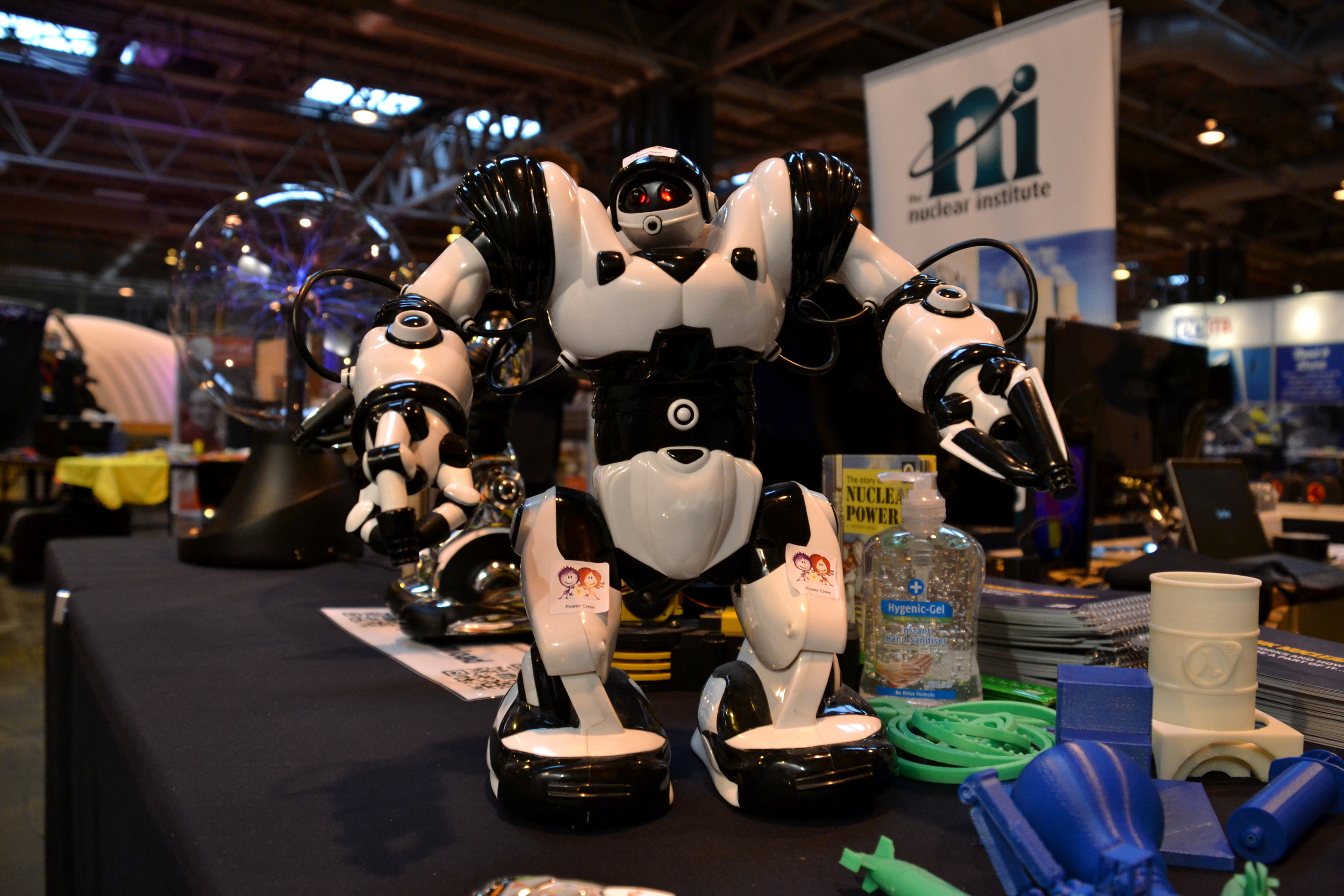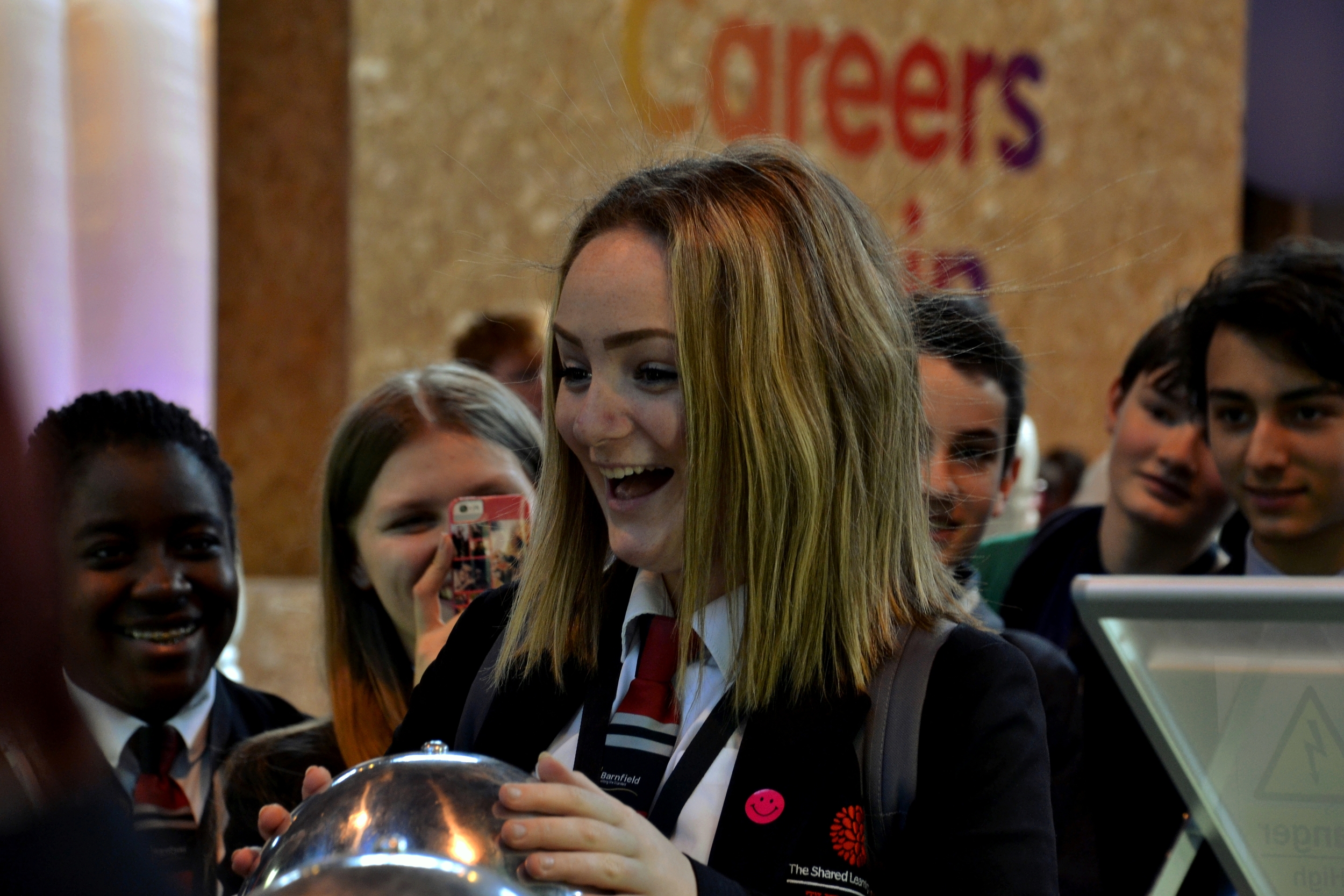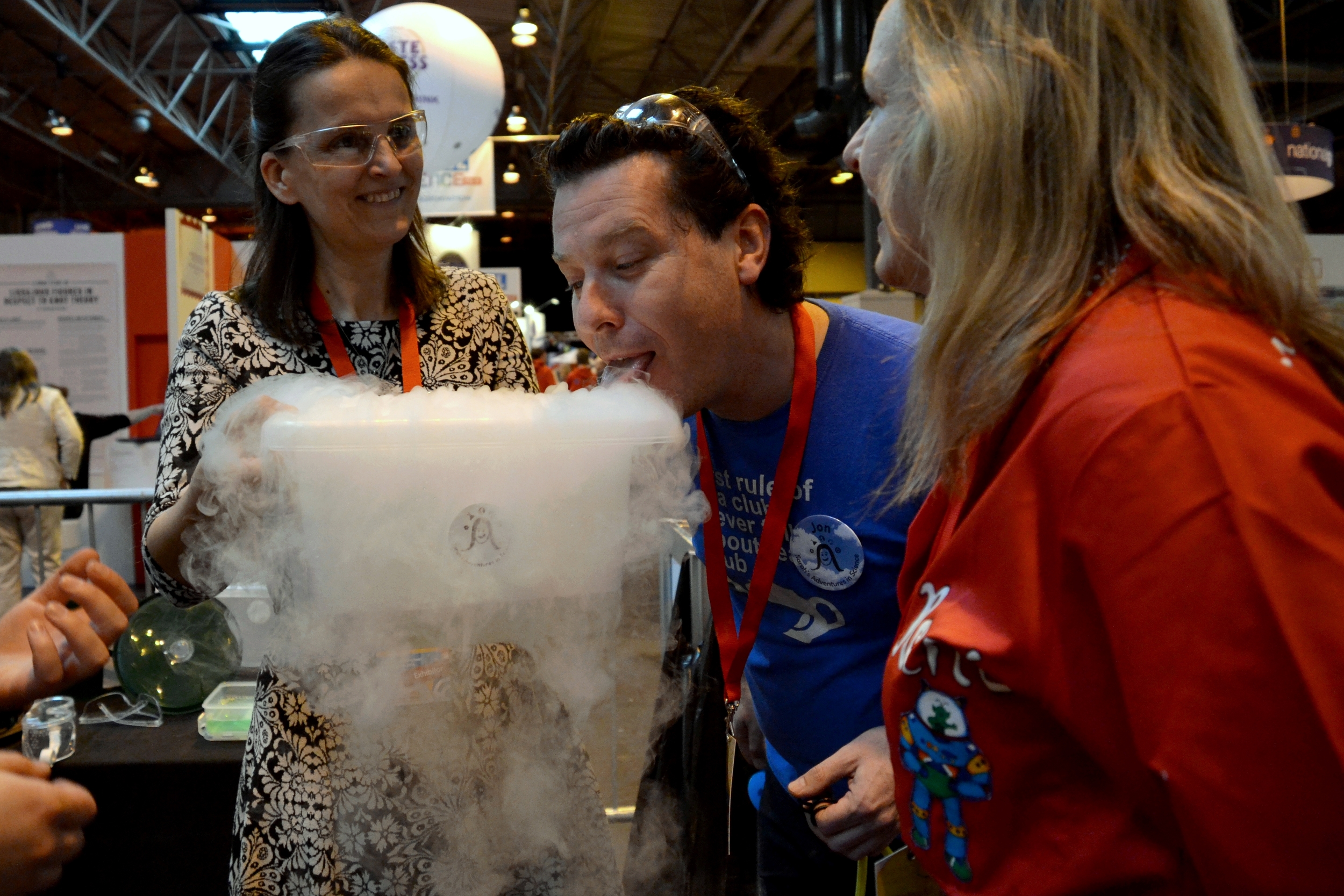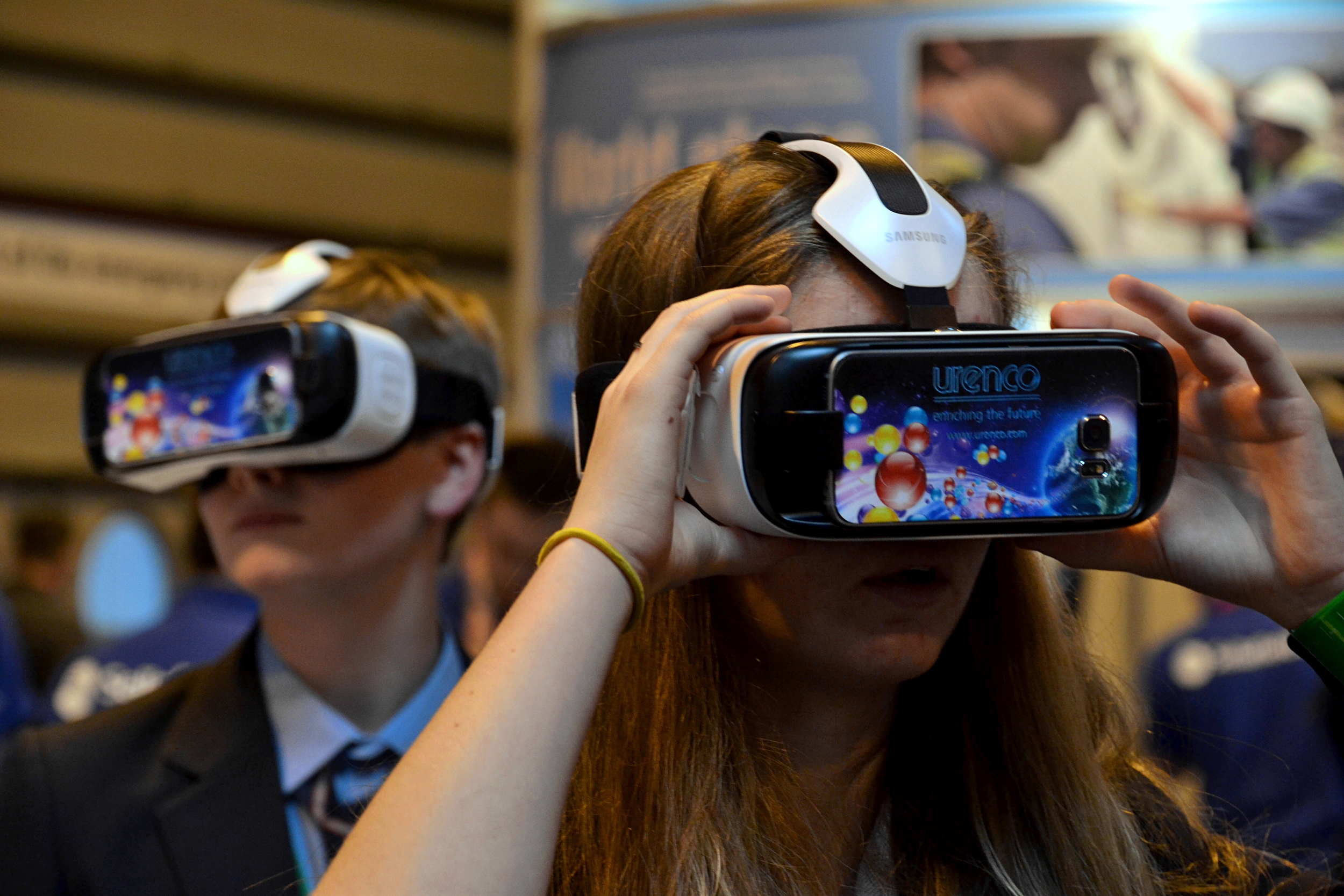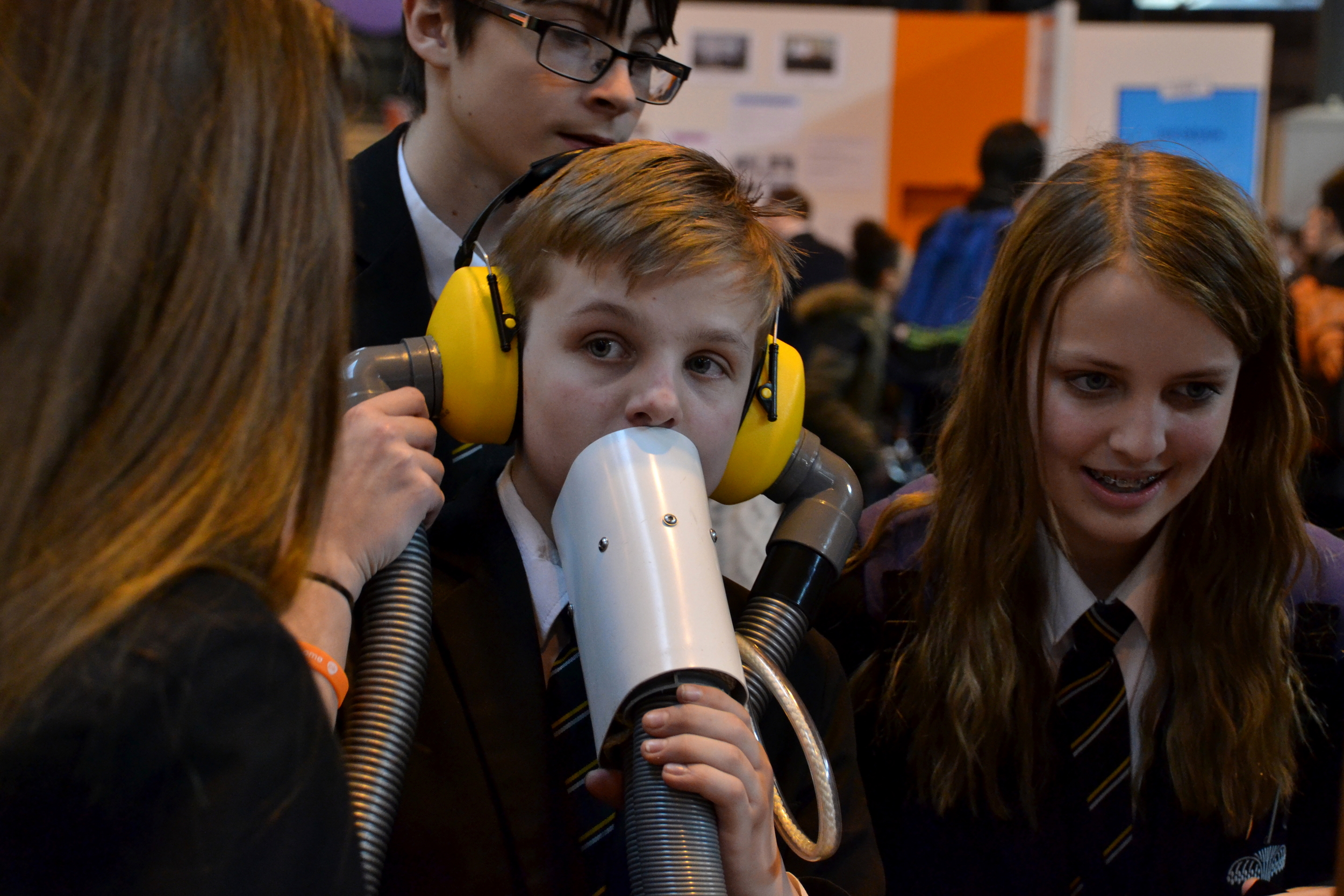Manhattan
''Please mind the gap between the train and the platform when exiting,' booms a comforting automated announcement on the New York subway system. The deep, rich Mid-Atlantic tones resound with authority in your ear; it sounds like the kind of voice that should be narrating a newsreel from the 1950s.
It’s a stark contrast to the sharp, stern: 'MIND THE GAP,' bellowed by the terrifying Goddess of the London Underground.
New York reminds me a lot of London, really. It’s a huge urban melting pot, full of street food, indie art, and little lives going on between looming towers.
But New York’s towers are bigger. Its melting pot feels hotter (currently at a steamy summer 31 degrees). And it’s announcements are just that tiny bit more calculatedly reassuring.
It’s like London’s all grown up, with extra glass.
***
Time Square. Not quite the iconic shot I planned on taking.
If a cynical person were trying to sum up all the bad parts of the American character, they might point to Time Square; that heaving monument to capitalism, filled with flaring advertisements, fractured across a hundred different billboards. A teeming neon scrap of pavement cracking under a relentless flood of tourists with their cameras (yes, including me). A hunting ground for tacky gift-sellers, steaming hot-dog vendors and a scattered selection of plump men in superhero costumes, looking for marks to pose with.
And amid all this, just off the middle of Time Square, stands a US Armed Forces recruiting station, entreating patriots to join up. America’s industrious military complex; an invitation to war, standing amid glittering monuments to money.
It’s such a good metaphor, it can’t possibly be true
Forget it, Jake, it's Chinatown
***
You should never judge a place by its tourist traps.
And it would be easy to pretend that’s all Manhattan is--a dense concrete jungle made up of Empire States and Grand Centrals and Chrysler Buildings. A whole island of things to photograph, with nobody living there except the touts and bartenders.
But that’s the eye of an outsider with a camera, who only sees the shine and glitz. Just like London, between the tourist traps, there are washing lines and public brawls and families paying bills. There are so many ugly apartment blocks poking between the glass towers, like edges of real life intruding on the Sex in the City gloss.
The danger of the traveller, the real tourist trap, is accidentally substituting actual places for fairy tales--stories that are easy to swallow--because you spend too much time fixating the famous bits, or comparing what you find to what you know back home.
There’s an army recruitment station in Time Square, and that sums up all the worst aspects of America.
That isn’t true at all.
It’s just a fairy tale from New York.
